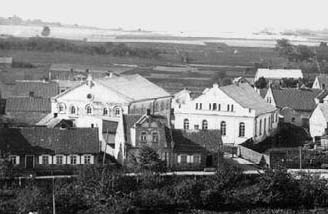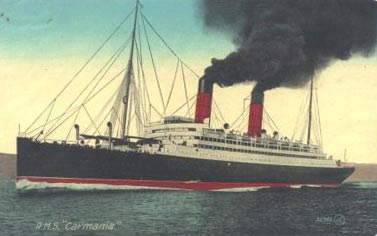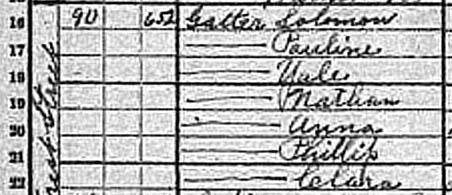GATTERs
IN RUSSIA AND THE BALTIC REGION
.
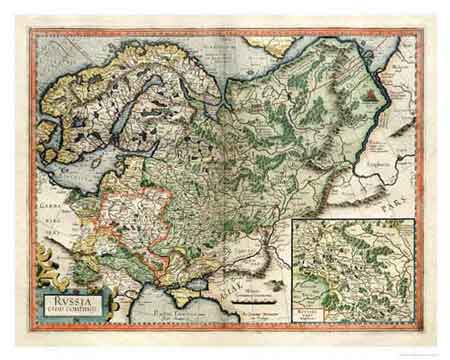 |
|
Mercator Map of Russia from 1595 |
Several Gatter families in Russia, the Baltic region, Poland
and Romania have come to my attention. So far I have very little data
on them. They were all of Jewish origin, and it is not in all cases certain
if the family name used to be Gatter before they left in the ealy 20th
century for South Africa or America.
Gatter Family in Zagare, Lithuania
One family that is from Zagare in Lithuania, used to be called Intrilligator ("bookbinder" in Polish). When Simon Intrilligator (1880-1948) left Lithuania for South Africa in the 1920s, the name was shortened by immigration officials to "Simon Gatter". He had four children, whose descendants still live in South Africa, and some in Israel.
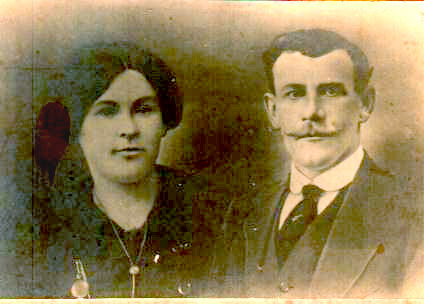 |
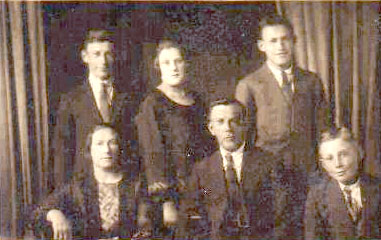 |
|
|
Simon Gatter (Intrilligator) with his wife Chase Davidson |
Simon, Chase and their four children
Morice, Ray, Max and Solomon.
|
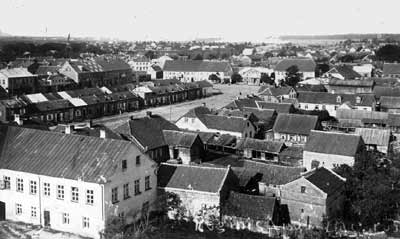 |
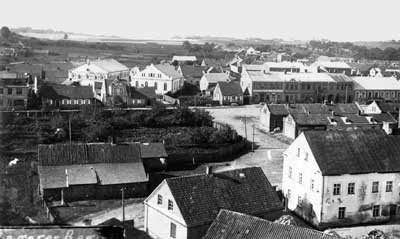 |
|
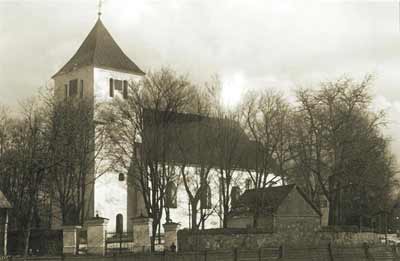 |
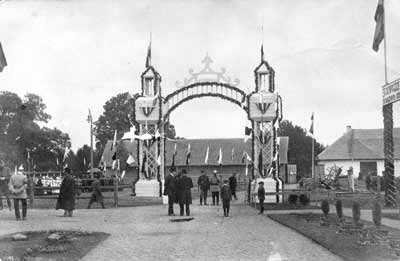 |
|
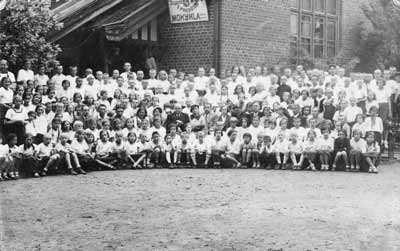 |
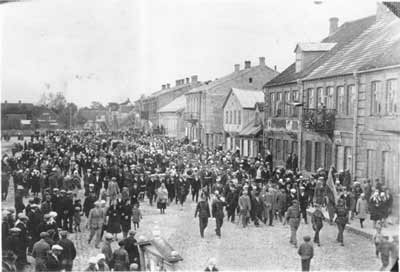 |
| Zagare is located in Northern Lithuania and is with more than 800 years one of the oldest towns in Lithuania. In the past century Zagare has witnessed a transformation from a busy market town and regional centre with an acclaimed status as a centre of thriving business and academic knowledge, to a peripheral rural community in decline. Before the world wars, Zagare's predominantly Jewish population stood at around 14,000. The extermination of the Jews during the second world war and post-war Soviet deportations reduced the population immensely. It has never recovered and today rests at 2,500. |
The Synagogue in Zagare |
The first significant influx of Jewish immigration to South Africa occurred in the late 19th and early 20th centuries. Individual Jews, mostly from England and Germany, had already been living on white settlements for two centuries and started to form their own communities in the mid-1800s. But South African Jewry, as a nation-wide community, only began to take shape with the arrival of these late-19th century immigrants. From 1880 to 1910, 40,000 Jews immigrated to South Africa, the majority from Lithuania.
Starting in 1881 and continuing off and on over the next few decades, a wave of horrifying pogroms swept across Eastern Europe where Jews had lived for centuries. Relatives and friends murdered, homes ruined, these Jews began to look abroad for a safe environment away from persecution where they could earn good lives for themselves. Most chose America and some went to Palestine, but, among Lithuanians especially, many immigrated to South Africa. South Africa was such a popular destination for these Lithuanians, or "Litvaks", that it is often described as "a colony of Lithuanian Jewry".
Early immigrants often ended up in South Africa by chance. Throughout the emigration process, a variety of factors could have determined one's final destination: what ship company was advertising in your town, what time of year you were traveling, who you met along the way, what restrictions or quotas you encountered. Those immigrants then wrote home reporting on their experiences in the new country. In the case of South Africa, the reports were mostly glowing. They raved of this new land of wealth. Immigrants sent proof of their newfound success to their relatives back home in the form of money for tickets to join them. Word spread that South Africa was another popular destination, in addition to the United States, and sometimes, whole towns relocated there.
South Africa offered a favorable economic situation for Eastern European Jewish immigrants, which enabled them to adjust relatively comfortably. Unlike the U.S. and England, but similar to Lithuania, South Africa at this time was not too industrialized and commercialized. Immigrants were not forced to take awful jobs in sweatshops upon arrival and, rather, could use the skills they learned in their professions in the Old Country to find work in their new home. "To a much greater extent than in the United States and Britain, which already had highly developed economies, South Africa was a land of opportunity for immigrants." If they had enough money and connections to start a business, they could easily find cheap labor amongst the Blacks and Coloreds.
By 1911, the Jewish population was 46,926. Immigrants continued to arrive and by 1926 the population had reached 71,816.
Russian Gatters in Connecticut, USA
Early in the 20th century, Samuel Gatter (formerly first name Gedalia, also listed as Solomon, alterantive spelling for family name may be Gachter) emigrated aboard the Carmania to the US. He was born ca. 1882 in Russia. The town of origin on his Certificate of Naturalization as a US citizen is unfortunately not readable. It could read Eden, or Aden (Russia). His first wife Fanny Socket of Russia, died in childbirth May 19, 1911.
|
The ship on which Samuel Gatter came to the US, the "Carmania". Hartford in Connecticut became the new home of the Russian Gatters.
|
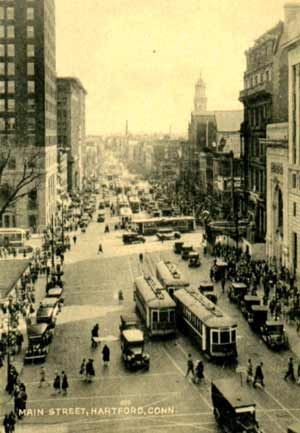 |
|
The Ship "Carmania" Built by John Brown & Co, Glasgow in 1905 for the Cunard Line, this was a 19,524 gross ton ship, length 650.4ft x beam 72.2ft, twp funnels, two masts, triple screw and a service speed of 18 knots. There was accommodation for 300-1st, 350-2nd and 2,000-3rd class passengers. Launched on 21/2/1905, she sailed from Liverpool on 2/12/1905 on her maiden voyage to Queenstown (Cobh) and New York. In October 1913 she was the first ship to arrive at the rescue operation of passengers and crew from the blazing "Volturno" and rescued many survivors. She started her last pre-war voyage between Liverpool - Queenstown and New York on 18/7/1914 and in August of that year was converted to an Armed Merchant Cruiser. On 14/9/1914 she sank the German Armed Merchant Cruiser "Cap Trafalgar" off Trinidad Island and resumed commercial sailings on 11/11/1916 when she left Liverpool for New York. She transferred to the Southampton - Cherbourg - New York service on 22/10/1921 and on 3/5/1922 resumed Liverpool - Queenstown - New York sailings. Her first Liverpool - Quebec voyage commenced 15/5/1924 with cabin and 3rd class passengers and on 29/11/1924 she started her first Liverpool - Queenstown - Boston - New York voyage. On 27/5/1926 she started London - Havre - Southampton - New York voyages with winter sailings from Liverpool. She was refitted in October 1926 to carry 425-cabin 365-tourist and 650-3rd class passengers. Her last voyage was from London to Havre (dep.25/7/1931), Southampton and New York and in 1932 she was scrapped at Blyth. |
In the 1920 census he is listed as Solomon Gatter. In the 1930 US Federal
Census, he is listed on 11 April in Connecticut, Hartford County, Hartford
City, 5th Ward, Block No. 3, Enumeration District 2-33, as living on Garden
Street No 351 with his second wife Paula and 3 children. His occupation
is listed as plumber. As language spoken before coming to the US "Jewish"
is listed, his year of arrival in the US is hard to read. He died on November
15, 1957 in Hartford, Connecticut, age 75.
|
|||
|
|
|||
 |
|||
Copyright:
Gatter Archive 2000-2008
Any distribution and use of material displayed on the Gatter History Archive
Web Page
other than for personal purposes will be prosecuted
Contact
